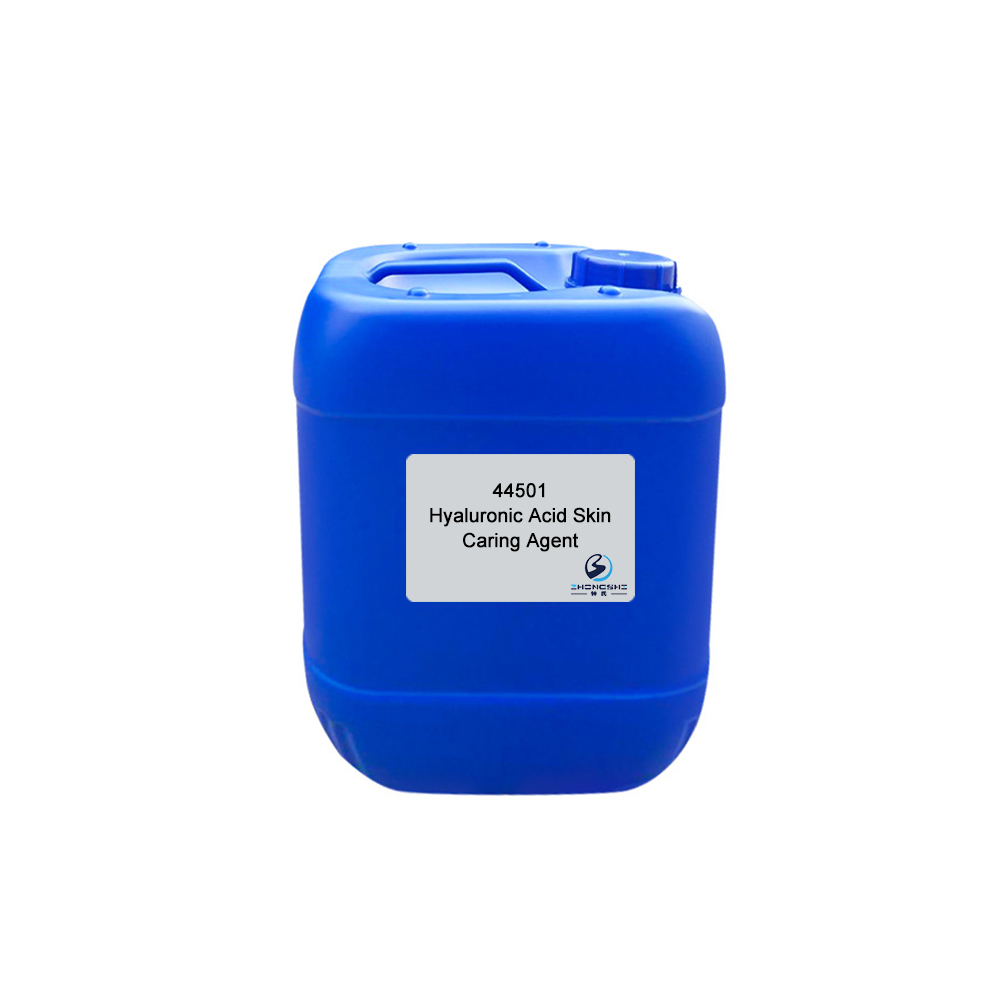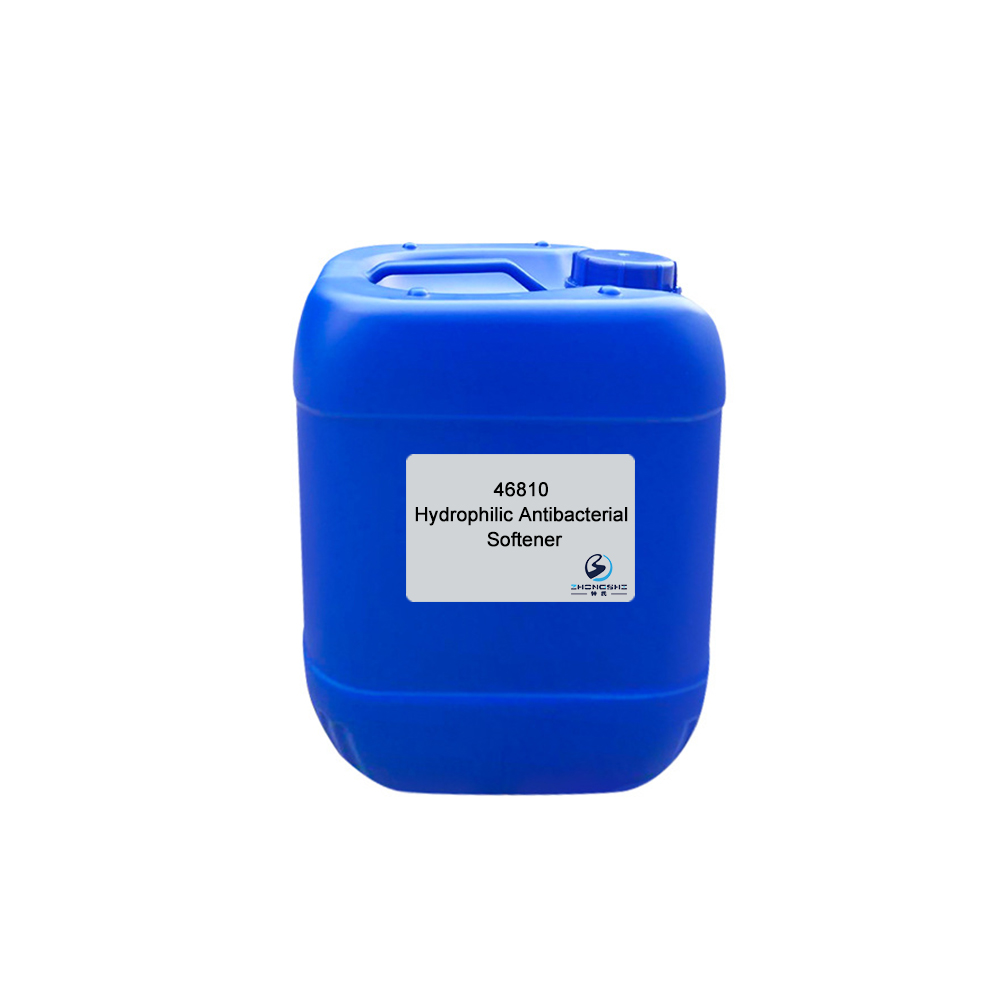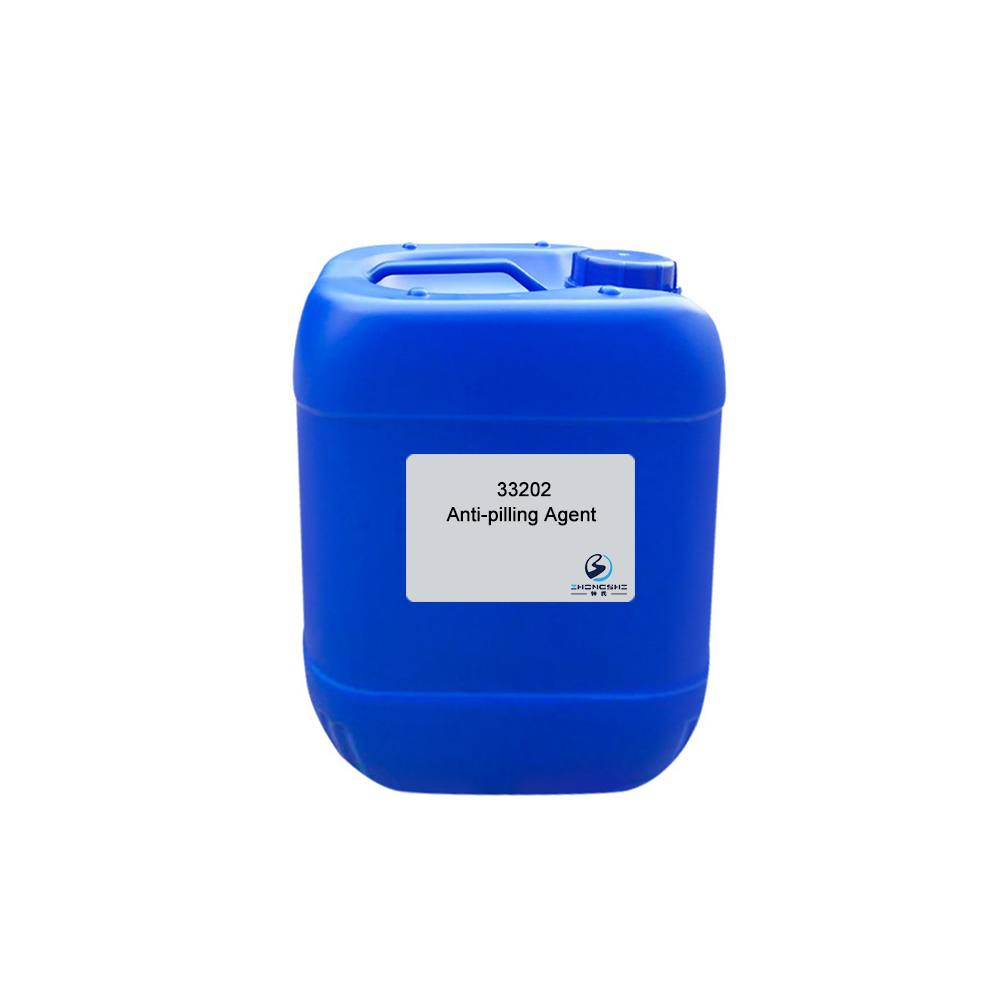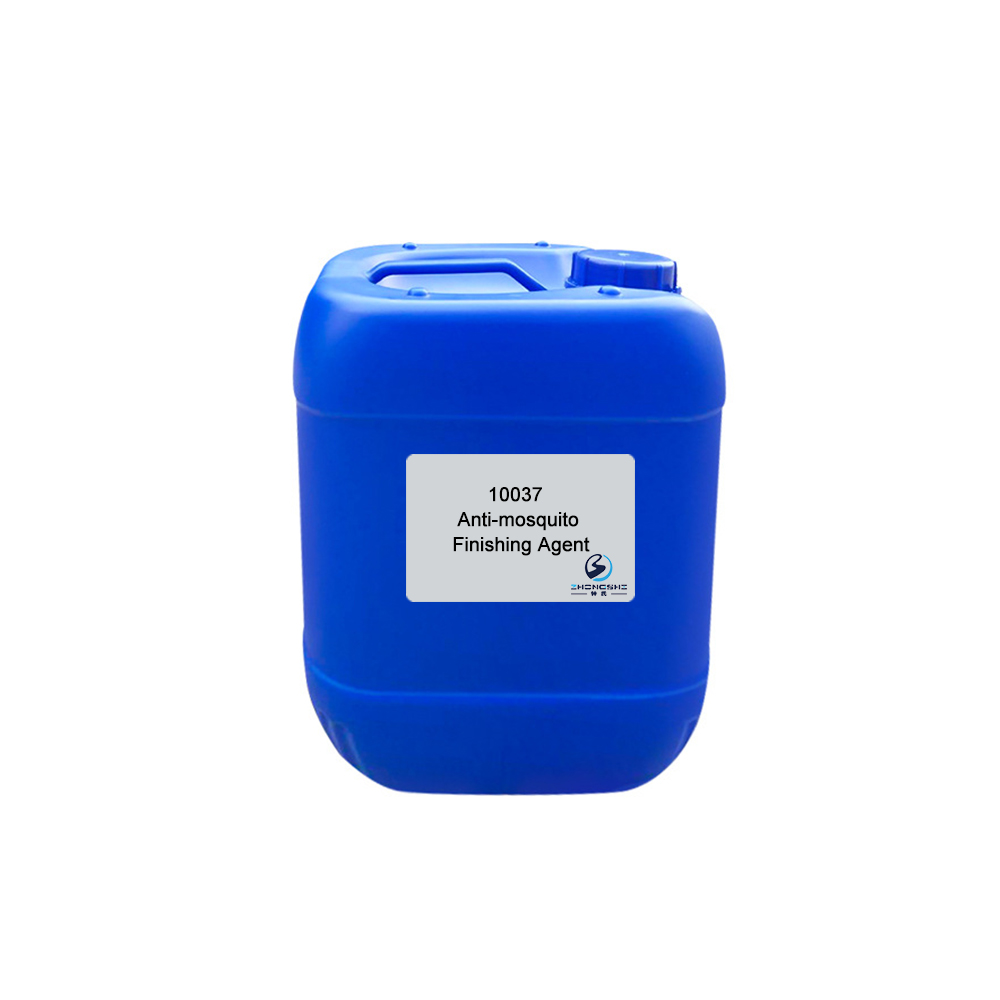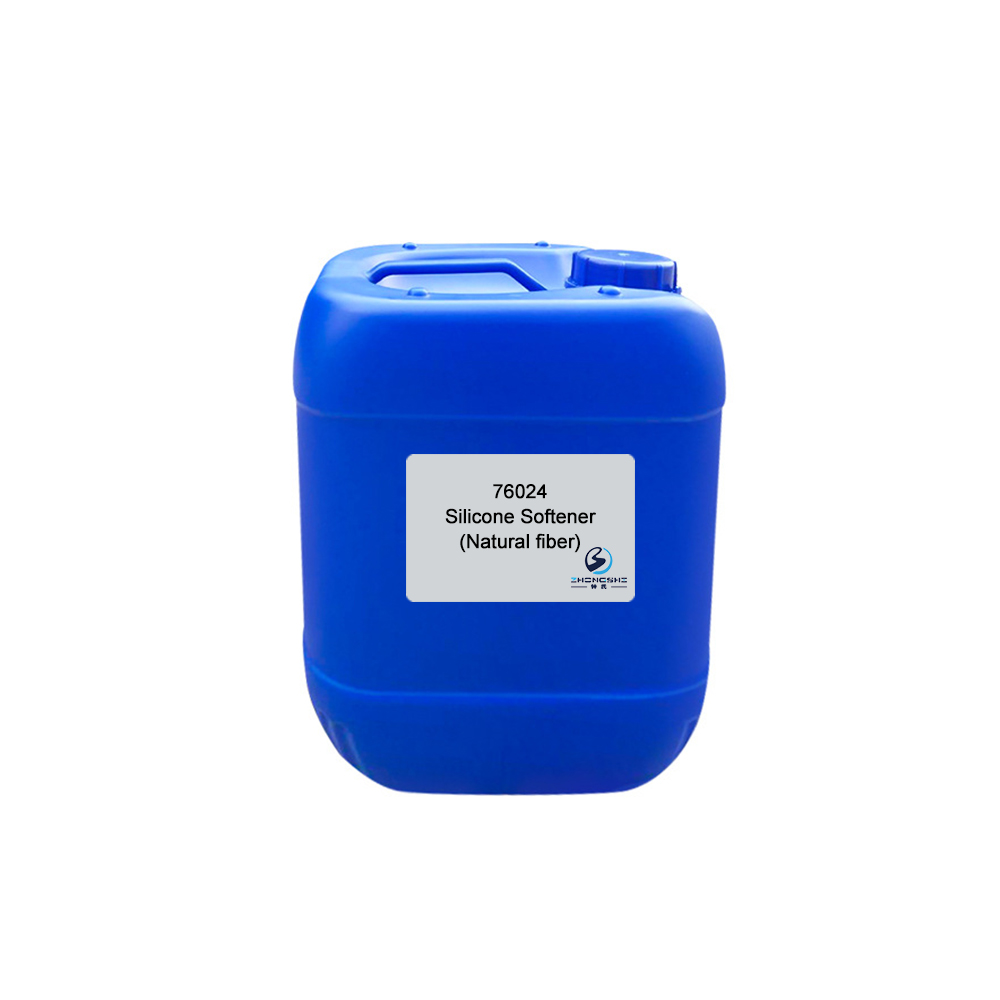Chinese Professional Cellulose Fiber Auxiliaries - 23101 Foamless Soaping Powder – Innovative
Chinese Professional Cellulose Fiber Auxiliaries - 23101 Foamless Soaping Powder – Innovative Detail:
Features & Benefits
- Excellent function of dispersing and detergent washing. Can effectively remove surface dyeing on fabrics and improve color fastness.
- Excellent anti-staining property. Prevents tarnishing and improves printing effect.
- Extremely little influence on color shade. Can increase brightness after soaping and boiling.
Typical Properties
| Appearance: | White granule |
| Ionicity: | Nonionic |
| pH value: | 12.0±1.0 (1% aqueous solution) |
| Solubility: | Soluble in water |
| Application: | Cellulose fibers, as cotton, viscose fiber and flax, etc. and cellulose fiber blends |
Package
50kg cardboard drum & customized package available for selection
TIPS:
Kinetics of dyeing
During the dyeing process, dye is transferred from the dyebath to the fiber. The dyeing process includes typically at least three stages, any of which can control the dyeing speed and also the dyeing result:
1. Transport of the dye through the dyebath to the fiber surface.
2. Adsorption of the dye molecule at the fiber surface.
3. Diffusion of the dye from the surface to the interior of the fiber.
In some cases, such as azoic, metallisable, vat, sulphur or reactive dyes, the dye molecule additionally reacts with or in the fiber after diffusion, which can be considered a fourth stage. In the case of disperse dyes, also in the case of vat and sulphur dyes, dissolution of the dye particle is a prerequisite step before diffusion can take place. The term ‘adsorption’ refers to a surface phenomenon. When it is intended to refer either to no specific step of the dyeing process or to all steps simultaneously, the term sorption is preferable.
To provide an explanation of the dyeing process based on physicochemical laws, various models have been developed. Since dyeing is a three or, in the case of some types of dye, a four or five stage process and as each individual stage may limit the dye uptake rate, a mathematical model aiming at simulating all steps of the dye transfer would be a complicated one. It is therefore usually presumed that only one or maybe two of the steps determine the overall speed and the model consequently focuses on these. As transport of dye by diffusion within the fiber is often the slowest of all steps, it is at the centre of many models. When no physicochemical models are available, empirical relationships are often used.
Product detail pictures:
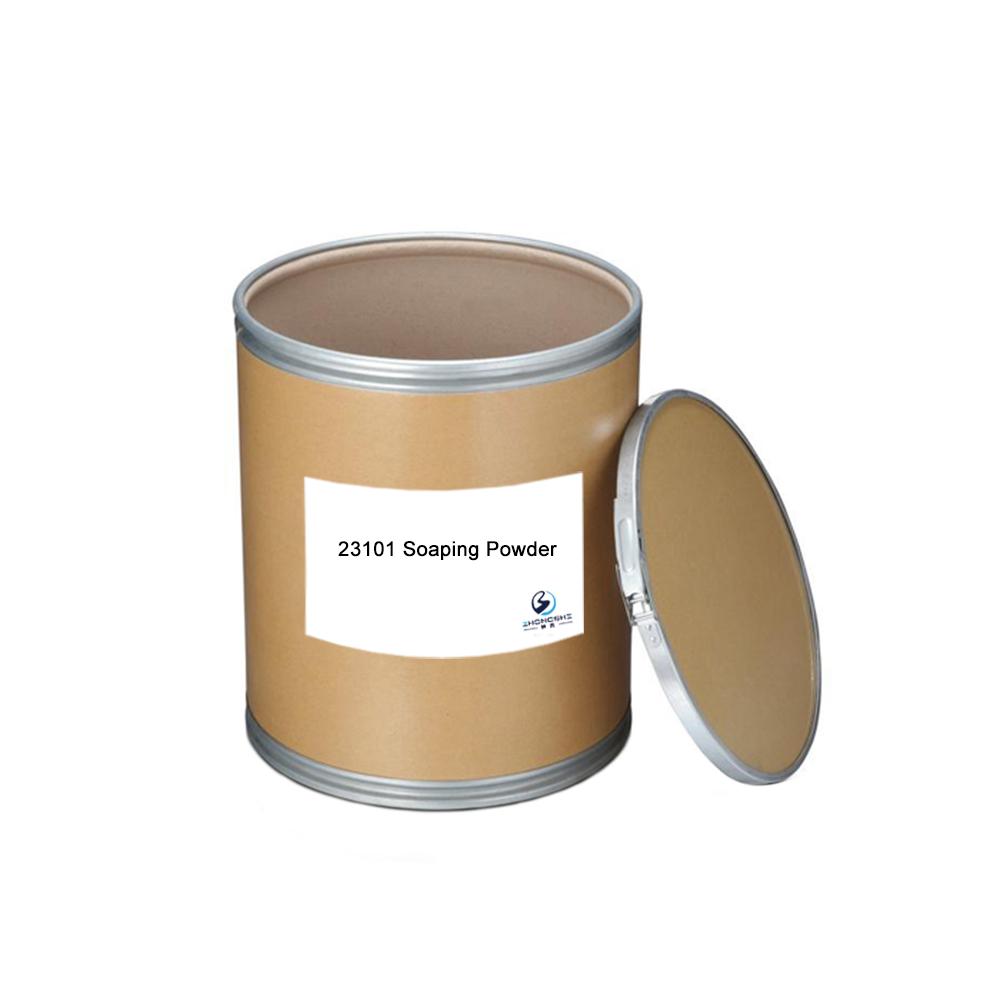
Related Product Guide:
Fixing agent is to improve color fastness. Chinese Professional Cellulose Fiber Auxiliaries - 23101 Foamless Soaping Powder – Innovative , The product will supply to all over the world, such as: Florida, Paraguay, Boston, Silicone Softener 70708 is suitable for fabrics of synthetic fibers, as acrylic, cotton/ acrylic, viscose fibers/ acrylic, polyester and nylon, etc. It is especially suitable for acrylic fibers. It can impart fabrics soft, smooth and plump handle. Also it can make yarns elastic and smooth. Silicone Softener 70708 is light yellowing transparent silicone emulsion. It is weak cationic. It is highly stable. During use, there will be no roll banding, sticking to equipment, oil floating or demulsification as traditional silicone oil.
The accounts manager made a detailed introduction about the product, so that we have a comprehensive understanding of the product, and ultimately we decided to cooperate.


